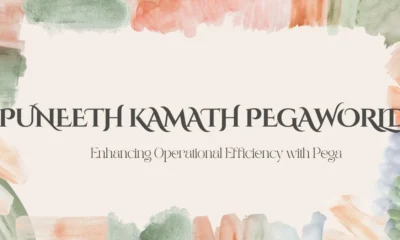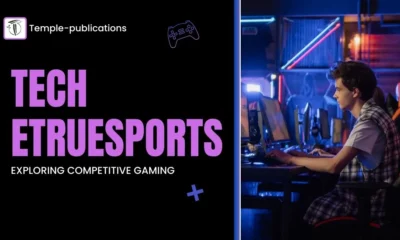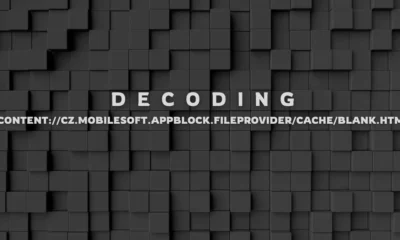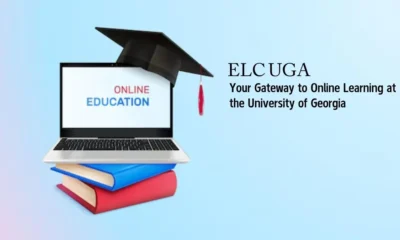EDUCATION
ELC UGA: Your Gateway to Online Learning at the University of Georgia

Students at the University of Georgia (UGA) can access the robust eLearning Commons (ELC UGA) online learning platform. Through ELC UGA, students and faculty members can access learning materials while submitting work, completing quizzes, and viewing their academic performance. ELC UGA offers students the ability to study effectively by utilizing both online and blended learning platforms from any location. Brightspace by D2L operates this platform, which delivers an efficient learning environment. Every student, from freshman to graduate, requires knowledge of ELC UGA navigation to succeed academically at UGA. The following sections will demonstrate proper usage methods.
What is ELC UGA and How Does It Work?
The University of Georgia operates ELC UGA as its official Learning Management System (LMS). Through its structured digital interface, students and instructors can perform interactive tasks. The platform functions through Brightspace by D2L, which provides students with an intuitive online interface to manage their coursework. Through it, professors upload study materials and create quizzes, which they post alongside announcements; students can submit assignments and take part in discussions. The system offers accessible resources to enhance the quality of online education. Students who use ELC UGA benefit from organization, deadline compliance, and class collaboration, which makes this platform essential for UGA academic success.
How to Access ELC UGA
Students need to enter their UGA MyID and password at elc.uga.edu to access ELC UGA. After a successful login, the dashboard presents information about enrolled courses and reveals announcements alongside upcoming deadlines. Students who encounter login problems should try clearing their browser cache while also checking alternative browser options. Students can use their smartphones and tablets to access ELC UGA through its mobile-friendly interface. They can track deadlines and updates through Brightspace Pulse, which D2L provides as an alternative mobile application. Users must protect their login credentials because they safeguard both academic and personal data.
Navigating the ELC UGA Dashboard
After a successful login, the ELC UGA dashboard appears as the initial page. All courses, along with assignments and notifications, are displayed on this interface. Students can access lecture slides, discussion boards, and quizzes through individual sections in each course. All students need to access grades, content, discussions, and messages through the navigation bar. Students can personalize their homepage with a feature that allows them to pin essential courses, while they also maintain control over their notification preferences. Students who master dashboard operation skills achieve better control over their academic tasks and due dates. The website design retains a simple structure, enabling students to locate all necessary information effortlessly so they can learn more effectively and efficiently at UGA.
Course Materials and Learning Resources
ELC UGA functions as an online platform that allows professors to post essential educational content. The Content tab of ELC UGA provides students access to lecture notes, video lectures, articles, and presentations. Certain courses at UGA utilize Google Drive, Office 365, and external learning tools to provide students with an improved educational experience. Students can access the learning resources at any time, enabling them to study when it suits their schedule. Students must contact their instructors when they need materials that are not available. The built-in features of ELC UGA, including bookmarks and search tools, allow students to find important information efficiently for improved coursework completion and study performance.
Assignments, Quizzes, and Exams
The assignment submission process and quiz administration system become simpler through ELC UGA. Students need to access the “Assignments” tab to submit their work while viewing both deadline information and grading standards. Within ELC UGA, students can take quizzes and exams with either restricted time frames or unlimited attempts based on professor-established rules. The platform utilizes ProctorU for online proctoring services to preserve academic integrity throughout tests. Students must verify their internet stability and check the test specifications before beginning any examination. Feedback, along with scores, becomes accessible through the platform after students submit their work. Students who follow submission guidelines properly will avoid technical difficulties and achieve a smooth workflow when completing their coursework.
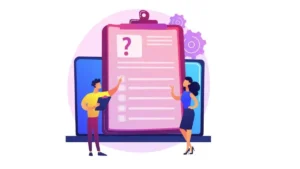
Tracking Grades and Academic Performance
Students at ELC UGA can view their academic progress through the built-in gradebook system. The “Grades” tab provides students access to their assignment scores together with quiz results and complete course performance statistics. The system allows instructors to add written comments that aid students in their improvement process. Knowing the grading system matters because specific courses implement weighted grading which gives higher significance to selected assignments. Students who need help with grades must speak directly to their professors about their issues. Students who check their grades often maintain performance visibility which allows them to improve their academic standing before term completion.
Communication and Collaboration Tools
Students and instructors at ELC UGA can access various communication tools which promote their interaction. Students receive important deadline information through the Announcements section and they can directly contact professors and classmates by using the Messaging Tool. Students can use Discussion Boards to work together with their peers through academic discussions and query each other about their coursework. The integrated tools in some courses utilize video conferencing features to connect students with each other. Students who participate in these communication tools gain connection with their peers and teachers while obtaining clarification on course material and remaining active participants in their studies. Students need to develop excellent communication skills to achieve success in both online and blended learning settings.
Technical Support and Troubleshooting
ELC UGA occasionally produces technical problems for students who encounter login difficulties or discover missing files and encounter quiz technical glitches. Students can solve technical issues by emptying their browser cache while turning off pop-up blockers and keeping their browser updated. Students who encounter persistent technical problems should seek help from UGA’s EITS Help Desk. The university maintains both extensive FAQ resources and real-time chat assistance for student technical support. Students who follow system announcements will prevent unexpected platform disruptions that could affect important deadline completion. Students who understand how to fix typical system issues will maintain a smooth educational experience in it.
Tips for Maximizing ELC UGA for Academic Success
Students need to use ELC UGA effectively by enabling deadline and announcement alerts and checking grades frequently while engaging in discussion forums. Students who create study schedules achieve better course management. Google Calendar, together with Brightspace Pulse, provides students with digital platforms to manage their assignments and examinations. Students need to utilize both office hours and discussion forums to connect with their professors. Participation in organized online coursework enables University of Georgia students to boost their educational outcomes.
Conclusion: The Future of ELC UGA
The platform at ELC UGA continues to develop to deliver enhanced digital learning opportunities to students. The university maintains active system improvement efforts that enhance both digital learning features and the quality of educational performance. The platform plans to add AI-based tutoring systems alongside improved mobile accessibility and interactive learning components to its features. ELC UGA will maintain its position as an essential resource for both students and faculty members as the University of Georgia expands its online learning programs. Students who learn how to use this platform will reach their maximum academic potential and succeed in their classes. Students who follow updates and best practices will maintain their academic leadership position throughout their educational journey.
-

 BIOGRAPHY6 months ago
BIOGRAPHY6 months agoBehind the Scenes with Sandra Orlow: An Exclusive Interview
-

 HOME1 year ago
HOME1 year agoDiscovering Insights: A Deep Dive into the //vital-mag.net blog
-

 HOME1 year ago
HOME1 year agoSifangds in Action: Real-Life Applications and Success Stories
-

 BIOGRAPHY1 year ago
BIOGRAPHY1 year agoThe Woman Behind the Comedian: Meet Andrew Santino Wife



